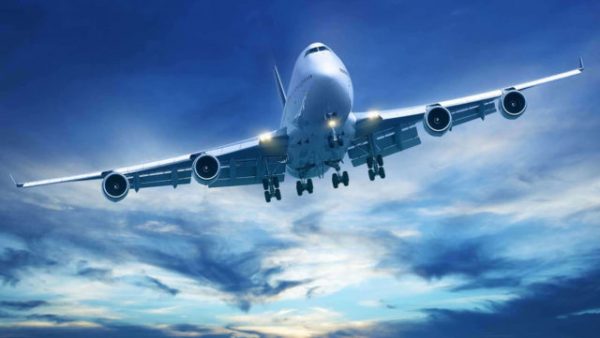African, European carriers rank top in global safety performance
 Three years without a major accident or fatality has earned both African and European commercial carriers top positions in the 2018 Airline Safety Performance ratings, recently released by the International Air Transport Association (IATA).
Three years without a major accident or fatality has earned both African and European commercial carriers top positions in the 2018 Airline Safety Performance ratings, recently released by the International Air Transport Association (IATA).
IATA, the clearing house for over 280 airlines worldwide, observed that the all-accident rate for African carriers was 2.71, a significant improvement over the rate of 6.80 for the previous five years.
Africa was the only region to see a decline in the all-accident rate compared to 2017. However, the region experienced two fatal turboprop accidents, one of which was the Overland aircraft that was razed in Lagos in October 2018. Neither of the two incidences involved a scheduled passenger flight.
IATA’s Director-General and Chief Executive Officer (CEO), Alexandre de Juniac, said the African carriers continued to progress in the region toward world-class levels of safety, but despite improvement, there is still a gap to cover in the safety performance of the continent’s turboprop fleet.
“Global standards such as the IATA Operational Safety Audit (IOSA), are making a difference. Counting all accidents, the performance of African airlines on the IOSA registry was more than twice as good as non-IOSA airlines in the region.
“In parallel, African governments must accelerate the implementation of ICAO’s safety-related standards and recommended practices (SARPS). As of year-end 2017, only 26 African countries had at least 60 per cent SARPS implementation. They also should incorporate IOSA into their safety oversight systems,” de Juniac said.
The global safety performance of the commercial airline industry showed continuing safety improvements over the long term, but an increase in accidents compared to 2017.
The all accident rate [I] (measured in accidents per one million flights) was 1.35, which was the equivalent of one accident for every 740,000 flights. This was an improvement over the all accident rate of 1.79 for the previous five-year period (2013-2017), but a decline compared to 2017’s record performance of 1.11.
The 2018 rate for major jet accidents (measured in jet hull losses per 1 million flights) was 0.19, which was the equivalent of one major accident for every 5.4 million flights. This was an improvement over the rate for the previous five-year period (2013-2017) of 0.29 but not as good as the rate of 0.12 in 2017.
There were 11 fatal accidents with 523 fatalities among passengers and crew. This compares with an average of 8.8 fatal accidents and approximately 234 fatalities per year in the previous five-year period (2013-2017).
In 2017, the industry experienced six fatal accidents with 19 fatalities, which was a record low. One accident in 2017 also resulted in the deaths of 35 persons on the ground.
“Last year some 4.3 billion passengers flew safely on 46.1 million flights. 2018 was not the extraordinary year that 2017 was. However, flying is safe, and the data tell us that it is getting safer.
“For example, if safety in 2018 had remained at the same level as 2013, there would have been 109 accidents instead of 62; and there would have been 18 fatal accidents, instead of the 11 that actually occurred.
“Flying continues to be the safest form of long distance travel the world has ever known. Based on the data, on average, a passenger could take a flight every day for 241 years before experiencing an accident with one fatality on board. We remain committed to the goal of having every flight takeoff and land safely,” de Juniac said.
In 2018, the all-accident rate for airlines on the IOSA registry was more than two times lower than that of non-IOSA airlines (0.98 vs. 2.16), and it was more than two-and-a-half times better over the 2014-18 period. All IATA member airlines are required to maintain their IOSA registration.
However, 2018 IOSA calculations are impacted by the fatal accident involving a Global Air aircraft that was leased, along with crew, to Cubana. Because Global Air is not on the IOSA registry, the accident is not considered to have involved an IOSA airline, even though Cubana, as a member of IATA, is required to be on the IOSA registry.
There are currently 431 airlines on the IOSA Registry of which 131 are non-IATA Members. The IOSA programme is undergoing a digital transformation that will enable IOSA airlines to compare and benchmark their performance. In the long run, the digital transformation will help to focus auditing on areas with the highest level of safety risk.








